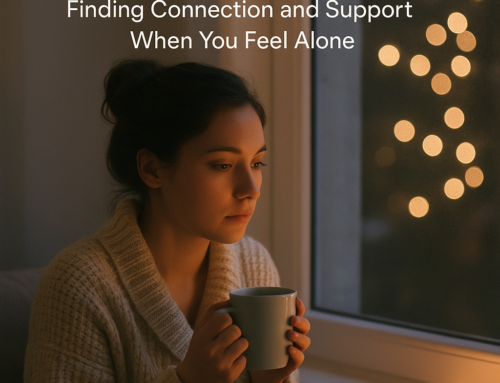Teenagers Internet Exposure and the Increasing Risks
In today’s digital age, teenagers are more connected than ever before, with the internet serving as a primary means of communication, socialization, and information exchange. While online platforms offer unprecedented opportunities for connectivity and community-building, there is a growing concern about the dangers associated with teenagers relying solely on meeting people online. As the internet landscape evolves and expands, so too do the risks, posing significant challenges for adolescents navigating virtual spaces.
One of the primary concerns surrounding teenagers’ reliance on online interaction is the heightened vulnerability to potential dangers, including cyberbullying, online harassment, and exploitation. Unlike face-to-face interactions where body language and vocal cues provide important context and cues for understanding, online communication often lacks these nuances, making it easier for individuals to misinterpret messages or engage in harmful behaviors with anonymity. This can result in situations where teenagers unwittingly expose themselves to emotional manipulation, coercion, or predatory behavior.
Furthermore, the proliferation of social media platforms and online communities has created environments where teenagers may feel pressure to curate idealized versions of themselves, leading to feelings of inadequacy, anxiety, and low self-esteem. The quest for validation and acceptance in these digital spaces can drive adolescents to seek validation through likes, comments, and followers, perpetuating a cycle of validation-seeking behavior that can have detrimental effects on mental health and well-being.
Moreover, the internet’s capacity for anonymity and pseudonymity can facilitate the spread of misinformation, harmful ideologies, and extremist content, exposing teenagers to radicalization and ideological grooming. The echo chambers and filter bubbles created by algorithmic recommendations can further exacerbate these risks, reinforcing existing biases and isolating individuals from diverse perspectives and critical discourse.
As the internet continues to evolve and permeate every aspect of teenage life, it is crucial for parents, educators, and policymakers to remain vigilant and proactive in addressing the risks associated with online interaction. Education and digital literacy programs can empower teenagers with the knowledge and skills needed to navigate virtual spaces safely and responsibly, teaching them to critically evaluate online content, recognize manipulative tactics, and protect their privacy and personal information.
Additionally, fostering open communication and maintaining strong relationships with trusted adults can provide teenagers with a support network to turn to when encountering challenges or unsafe situations online. By promoting a culture of digital citizenship and responsible online behavior, we can work towards creating safer and more inclusive online environments where teenagers can thrive and flourish without compromising their well-being.
In conclusion, while the internet offers tremendous opportunities for teenagers to connect, create, and learn, it also presents significant risks that must be addressed. By acknowledging the dangers associated with relying solely on online interaction and taking proactive steps to mitigate these risks, we can empower teenagers to harness the full potential of the internet while safeguarding their safety and well-being.

Mary Smith – Writer – Finance, Relationships, Our Companions, Art & Culture







